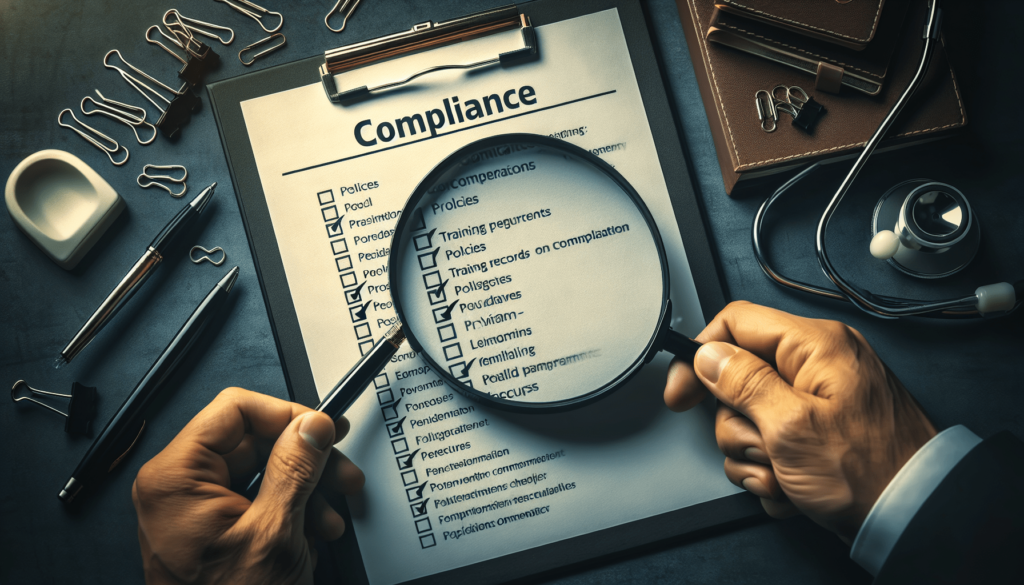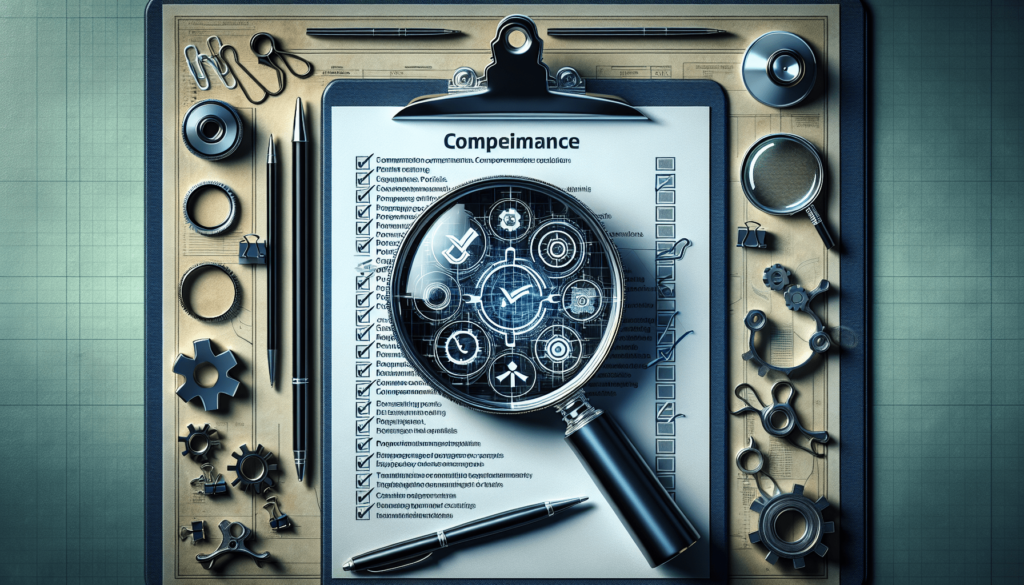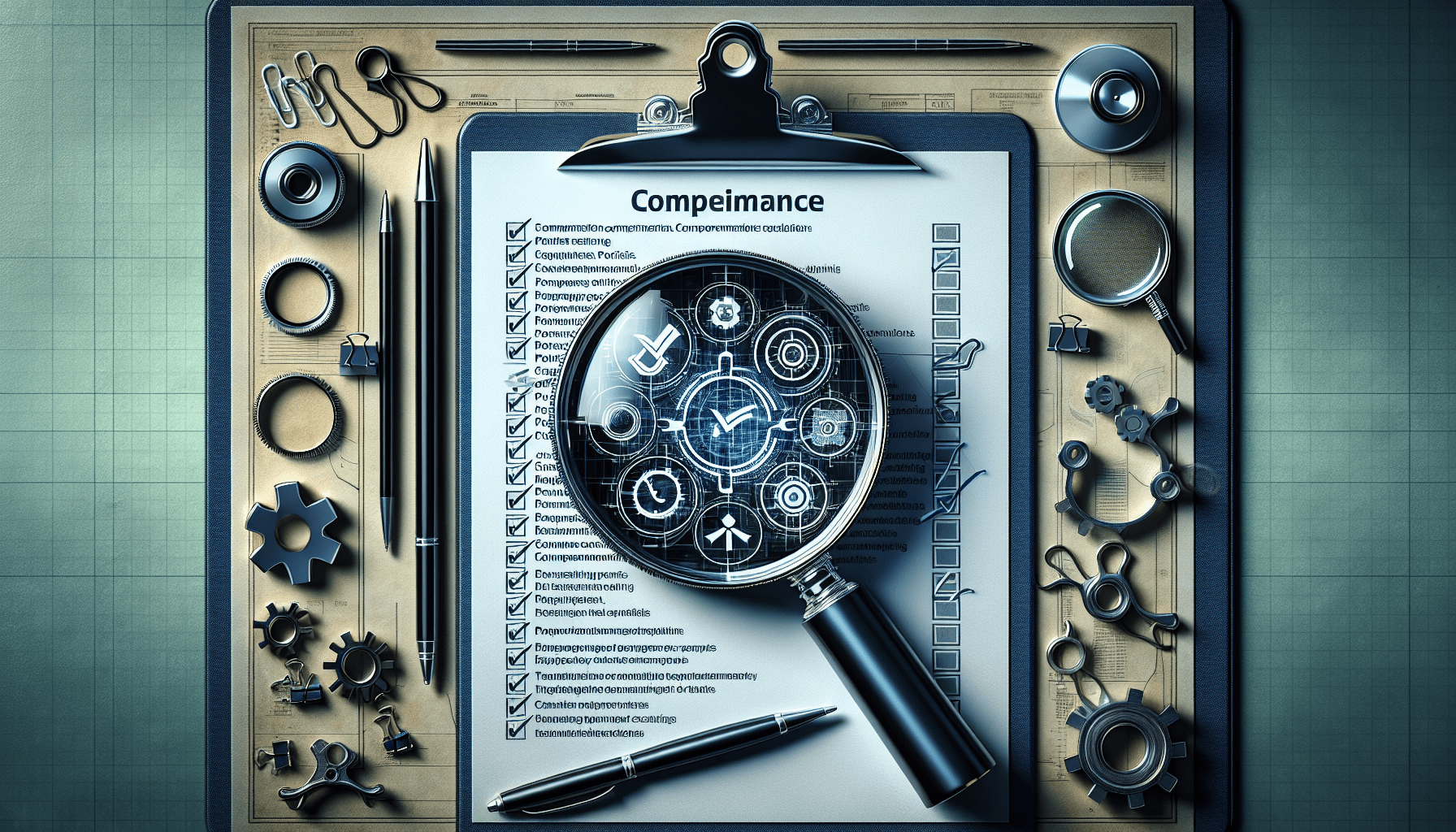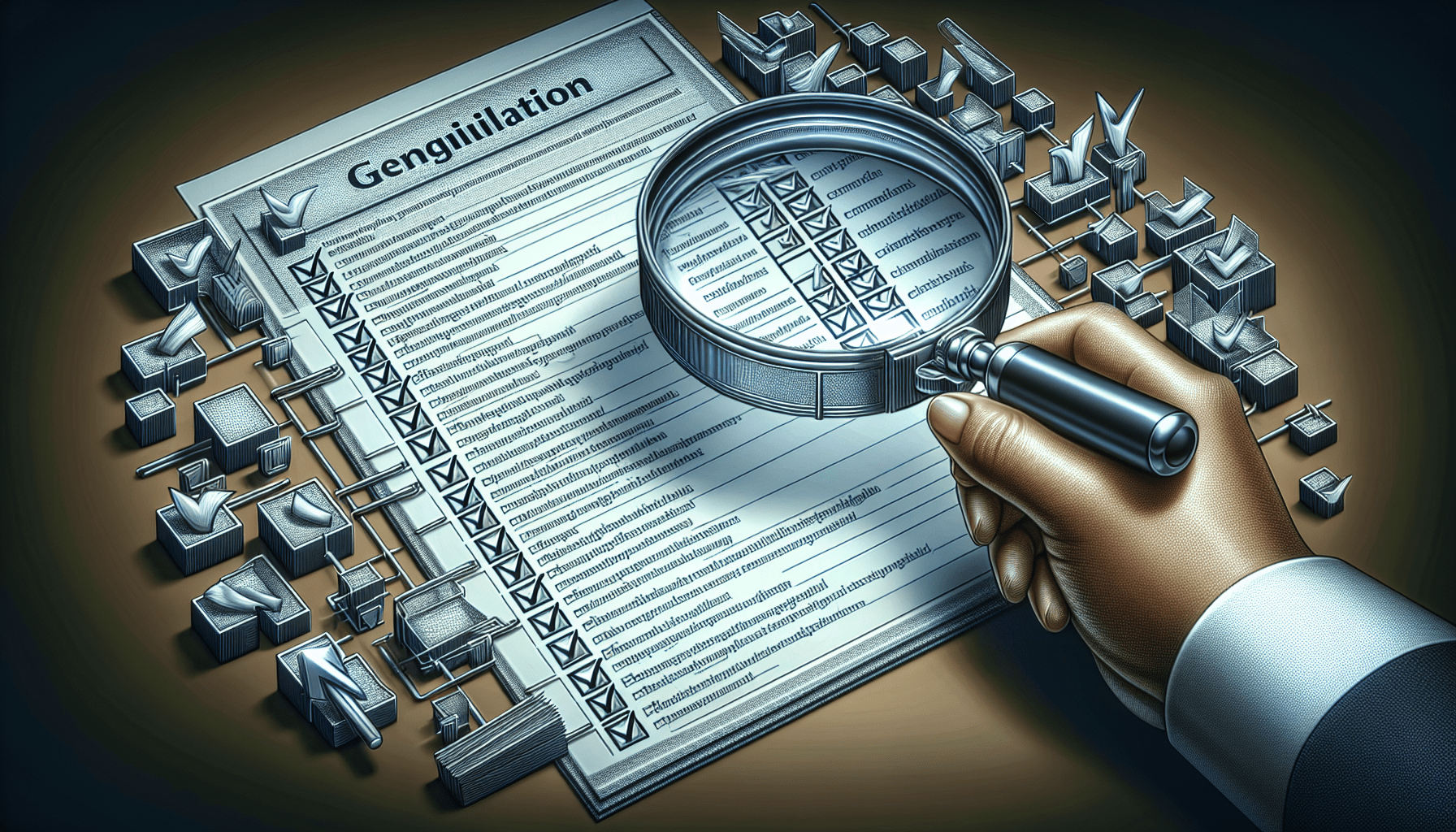In today’s ever-evolving business landscape, ensuring compliance with regulations and standards is crucial for maintaining trust and avoiding costly penalties. To alleviate the stress of preparing for an upcoming compliance audit, this ultimate checklist serves as a comprehensive guide to help you organize, evaluate, and improve your organization’s compliance efforts. From regulatory documentation to employee training procedures, this checklist covers all the essential areas to ensure your organization stays compliant and well-prepared for audits.
The Ultimate Compliance Audit Checklist
Have you been conducting compliance audits for your organization but feel like you might be missing something? Look no further, as we present to you the ultimate compliance audit checklist to ensure that you cover all your bases and stay in line with regulations.
What is a Compliance Audit?
Before diving into the checklist, let’s first understand what exactly a compliance audit is. A compliance audit is a comprehensive review of an organization’s adherence to specified regulations, standards, or guidelines. It ensures that the organization is operating within the bounds of the law and industry best practices.
Why is a Compliance Audit Important?
A compliance audit is crucial for organizations to identify potential areas of risk, assess their level of compliance with regulations, and implement corrective measures to mitigate these risks. It helps in maintaining the organization’s reputation, avoiding legal penalties, and fostering a culture of integrity and transparency.

Key Areas to Cover in a Compliance Audit
When conducting a compliance audit, it’s essential to cover various key areas to ensure a thorough assessment of the organization’s compliance status. Here are the key areas you should focus on:
1. Regulatory Compliance
Regulatory compliance involves ensuring that the organization complies with all relevant laws and regulations that govern its operations. This includes industry-specific regulations, labor laws, environmental regulations, data protection laws, etc.
Make sure you thoroughly review all relevant laws and regulations applicable to your organization and assess whether your policies and procedures are aligned with these requirements.
2. Financial Compliance
Financial compliance ensures that the organization follows accounting standards, taxation laws, and financial reporting requirements. It includes verifying the accuracy of financial records, adherence to budgetary guidelines, and compliance with tax laws.
Review the organization’s financial records, tax filings, and accounting practices to ensure compliance with relevant financial regulations. Verify the accuracy of financial statements and assess internal controls related to financial reporting.
3. Operational Compliance
Operational compliance focuses on ensuring that the organization’s operational activities adhere to defined standards, policies, and procedures. This includes safety regulations, quality standards, operational risk management, and business continuity planning.
Assess the organization’s operational processes, safety protocols, quality control measures, and risk management practices. Identify areas of improvement and ensure that operational activities are conducted in compliance with established standards.
4. Data Privacy and Security Compliance
Data privacy and security compliance are essential in today’s digital age, where organizations handle sensitive customer information. This includes compliance with data protection laws, information security standards, secure data handling practices, and privacy policies.
Review the organization’s data handling practices, security measures, privacy policies, and compliance with data protection regulations such as GDPR, HIPAA, or CCPA. Assess the security of IT systems, data encryption practices, access controls, and incident response procedures.
The Ultimate Compliance Audit Checklist
Now that we’ve covered the key areas to focus on during a compliance audit let’s delve into the ultimate compliance audit checklist that you can use to ensure a comprehensive assessment of your organization’s compliance status.
1. Conduct a Compliance Risk Assessment
Before starting the audit process, conduct a compliance risk assessment to identify potential areas of risk within the organization. This involves reviewing industry regulations, internal policies, external factors, and historical compliance issues.
2. Review Regulatory Requirements
Review all relevant laws and regulations that apply to your organization and ensure that your policies and procedures are aligned with these requirements. This includes industry-specific regulations, labor laws, environmental regulations, data protection laws, etc.
3. Evaluate Internal Controls
Assess the adequacy and effectiveness of internal controls related to regulatory compliance, financial reporting, operational processes, and data security. This involves reviewing policies, procedures, segregation of duties, access controls, and monitoring mechanisms.
4. Verify Financial Records
Review the organization’s financial records, tax filings, and accounting practices to ensure compliance with financial regulations. Verify the accuracy of financial statements, assess budgetary controls, and identify any discrepancies or anomalies in financial reporting.
5. Assess Data Handling Practices
Review the organization’s data handling practices, security measures, and compliance with data protection regulations. Evaluate data privacy policies, data encryption practices, access controls, and incident response procedures to ensure that sensitive information is protected.
6. Interview Key Personnel
Conduct interviews with key personnel involved in regulatory compliance, financial reporting, operational activities, and data security. This helps in gaining insights into their roles, responsibilities, and understanding of compliance requirements within their respective areas.
7. Perform Document Review
Review documentation such as policies, procedures, contracts, agreements, reports, and records related to compliance activities. Ensure that documentation is up to date, accurate, and provides evidence of compliance with regulatory requirements.
8. Test Compliance Controls
Test the effectiveness of compliance controls by conducting sample testing, data analysis, and walkthroughs of key processes. This helps in identifying weaknesses in control measures, gaps in compliance activities, and areas that require improvement.
9. Identify Areas of Non-Compliance
Identify any areas of non-compliance with regulations, standards, or internal policies during the audit process. Document findings, classify violations based on severity and impact, and prioritize corrective actions to address non-compliance issues.
10. Develop Corrective Action Plan
Develop a corrective action plan to address identified areas of non-compliance and implement remedial measures. Assign responsibilities, set timelines for corrective actions, and monitor progress towards achieving compliance objectives.

Conclusion
In conclusion, conducting a compliance audit is essential for organizations to ensure adherence to regulations, mitigate risks, and uphold ethical standards. By following the ultimate compliance audit checklist provided in this article, you can perform a thorough assessment of your organization’s compliance status and make informed decisions to improve overall compliance practices. Start implementing this checklist in your compliance audit process and stay ahead of regulatory requirements.



